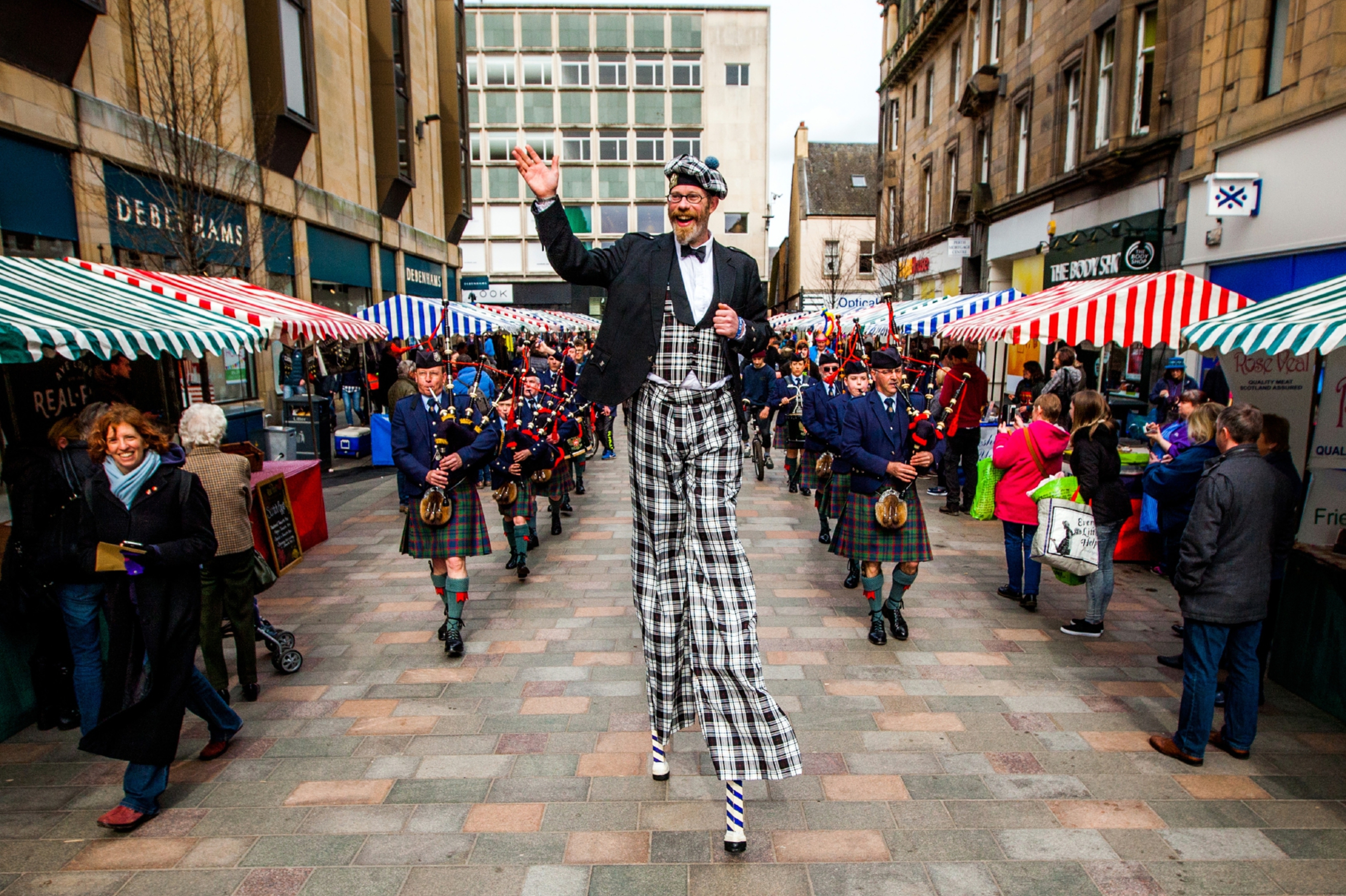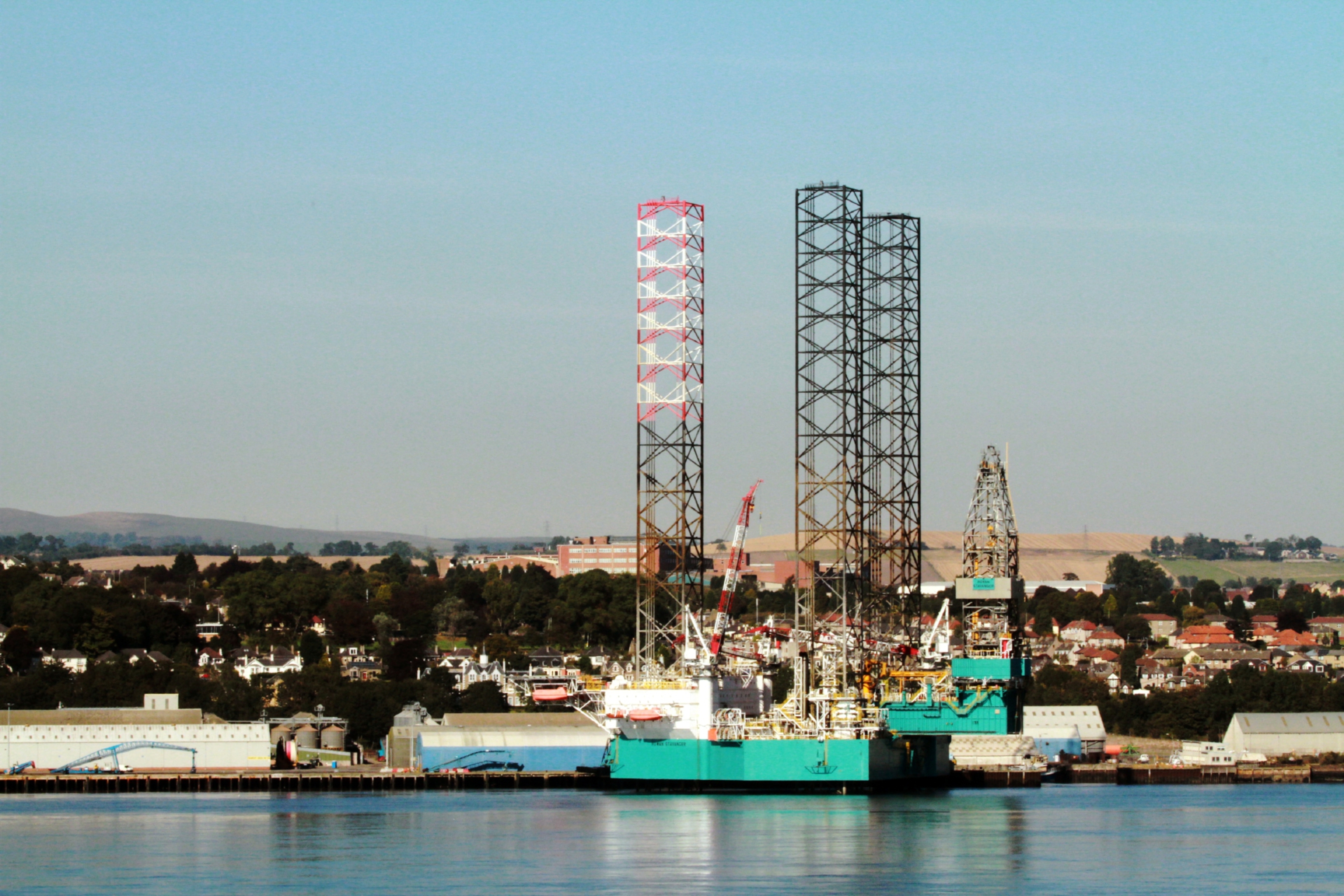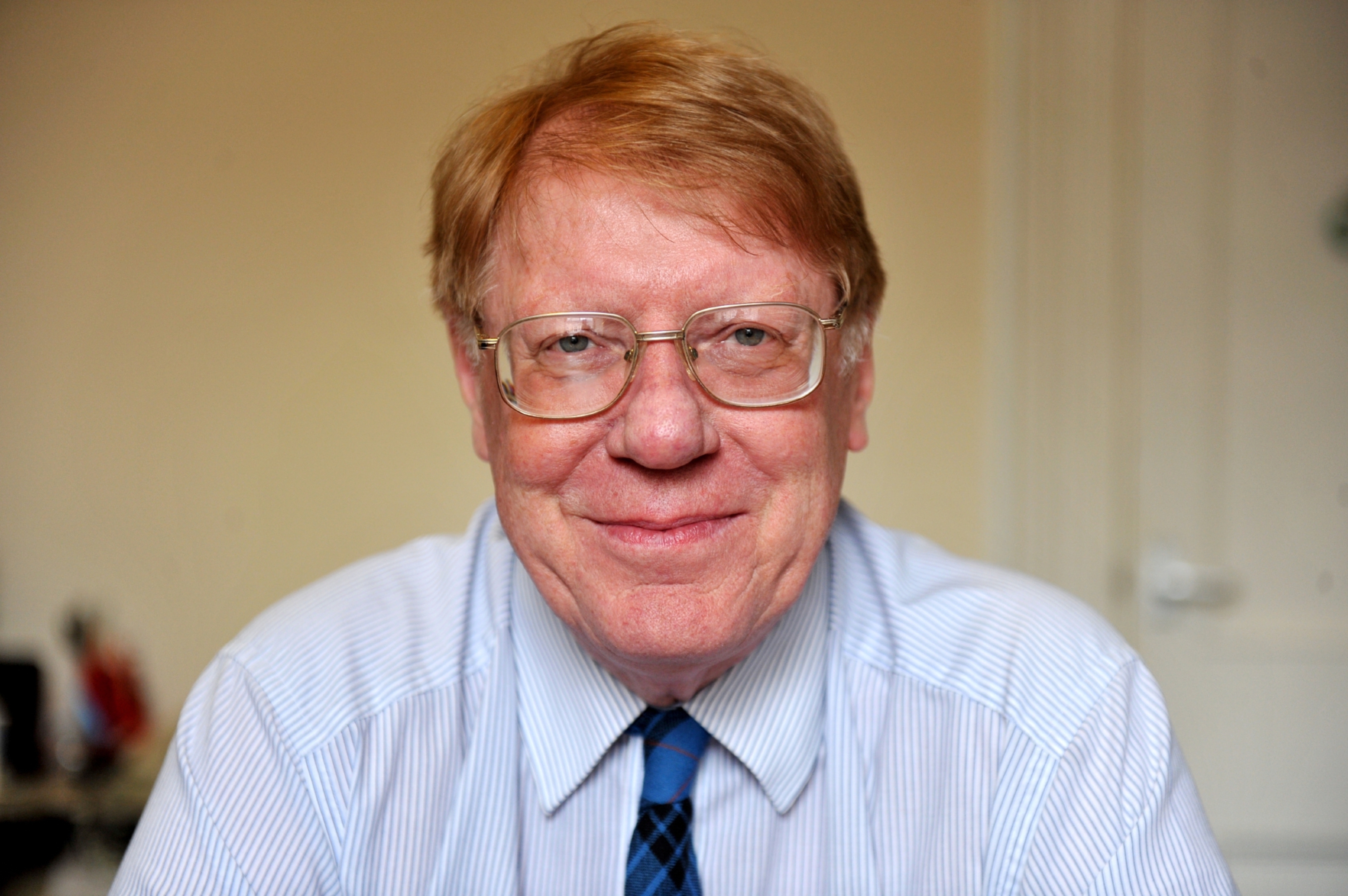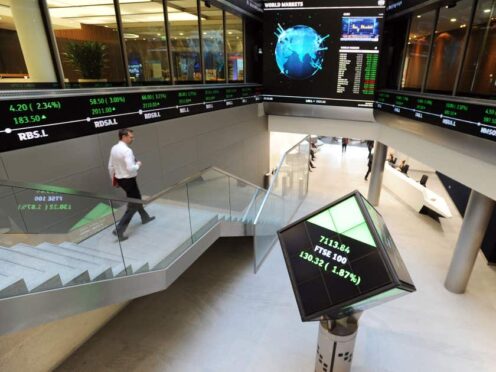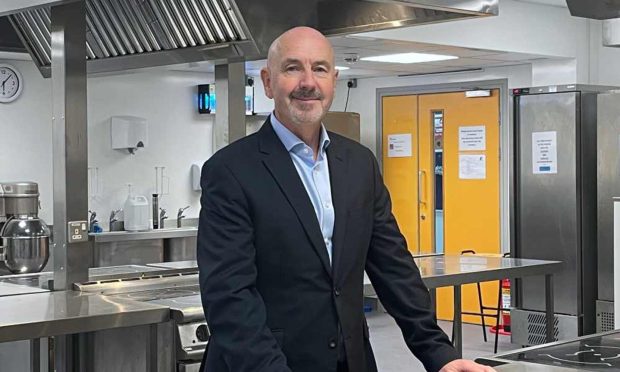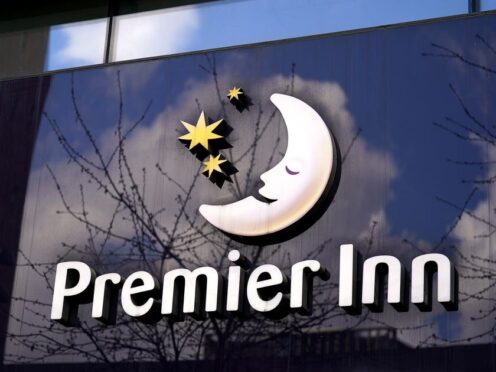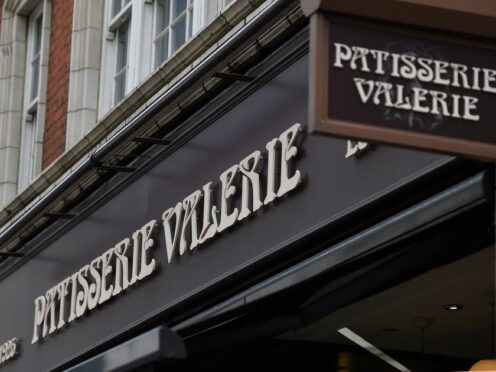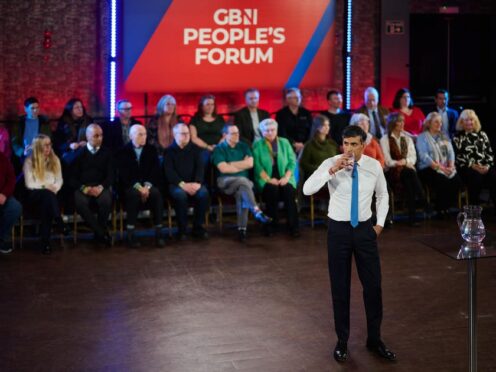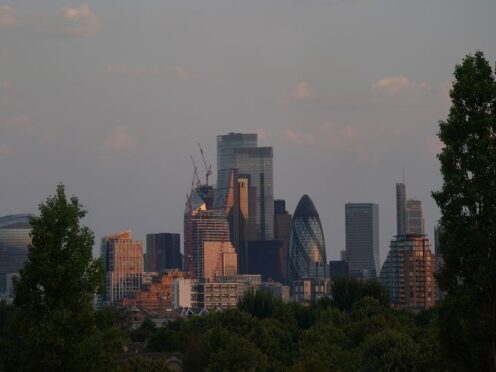Perth and Kinross will be among the strongest performing economies in Scotland over the next two years, as the north east’s powerhouse status continues to wane.
A comprehensive Mackay Consultants report into Scotland’s economic prospects has forecast annual growth of 2% in Perthshire through to 2018.
The ranking puts the local authority on level-pegging with Edinburgh and Stirling and only marginally behind East Renfrewshire and East Dunbartonshire, which are predicted to be the fastest growing areas of the country in the coming years.
Fife’s prospects were ranked 12th of Scotland’s 32 local authority areas, with predicted annual growth of 1.9%.
Dundee and Angus are both expected to grow by 1.8% annually over the period – the same economic performance as forecast in Argyll and Bute, the Western Isles and Scottish Borders.
Ranking dead last on the list was Aberdeen with a projected average annual growth rate of just 1.3% over the next three years – a result that reflects the turmoil that the collapse in the global oil price has wrought and the predicted slow rate of recovery.
Mackay Consultants rated rural Aberdeenshire’s prospects better at 1.6% annual growth, but that still placed the once booming authority at 30 in the council list.
Overall, the report predicts Scotland will see a 1.6% GDP rise this year with growth to 1.8% in 2017 and 2% the year after.
Tony Mackay of Mackay Consultants said the oil price crash was weighing heavily on the country and he said he did not expect to see a significant upturn in the short term.
“The main problem at the present time is undoubtedly the ongoing recession in the North Sea oil and gas industry, following the collapse in world oil prices from $115 a barrel in 2014 to about $50 at the time of writing,” Mr Mackay said.
“That has had a serious negative impact not only on the Aberdeen economy but also the supply chain elsewhere in the country.
“In addition, some other industries have been struggling, notably in the public sector because of the ongoing cuts in public expenditure.”
The group’s figures show that Fife remains the largest of the local economies, generating a little over £7 billion in 2014.
That figure is expected to be £7.27bn in the current year and is forecast to reach £7.56bn in 2018.
Dundee’s economic output was £4.3bn in 2014, is forecast to rise to £4.45bn this year and reach £4.62bn in two years time.
Perth and Kinross’s economic output in 2014 was £2.87bn, the 2016 projection is for £2.89bn and £3.1bn in 2018. For Angus, the figures are £1.96bn in 2014, £2.03bn this year and £2.1bn in 2018.
Mr Mackay said: “Perth and Kinross are well above the national average. They have not had the problems of the oil and gas industry, unemployment is still very low there and they are above the average on pay.
“Fife is also above average, Dundee is just on average at 1.8% and Angus is a wee bit lower but the figures are better than for the likes of Aberdeenshire.”
The report also looked at where future growth will come from and concluded the services sector will continue to dominate.
There are, however, significant variations within economic groupings with Mackays predicting a 5.5% rise in output from the oil and gas sector over the period to 2018, while whisky – which is one of Scotland’s top exports – and other drinks are expected to suffer a 2.4% decline.
